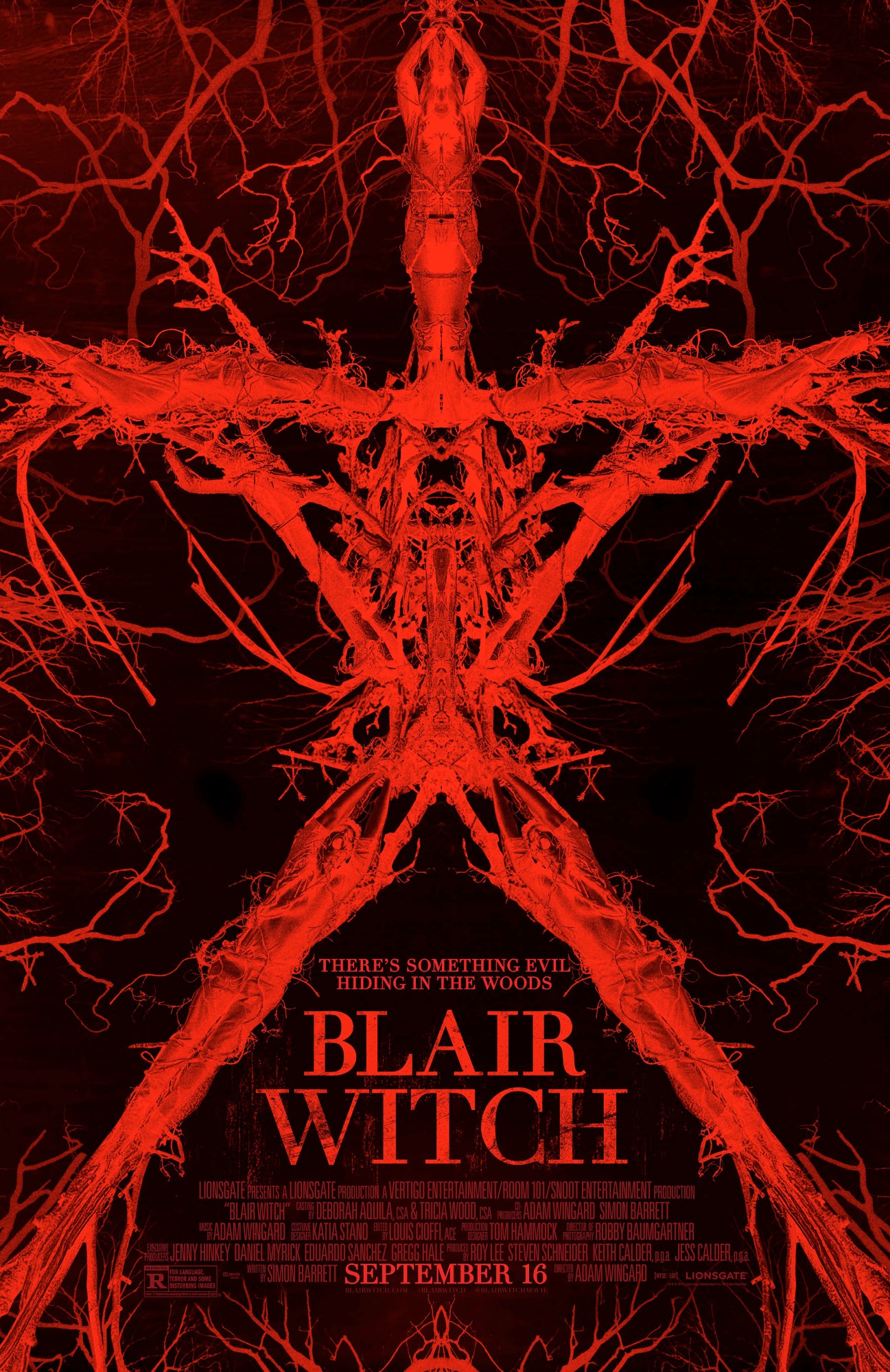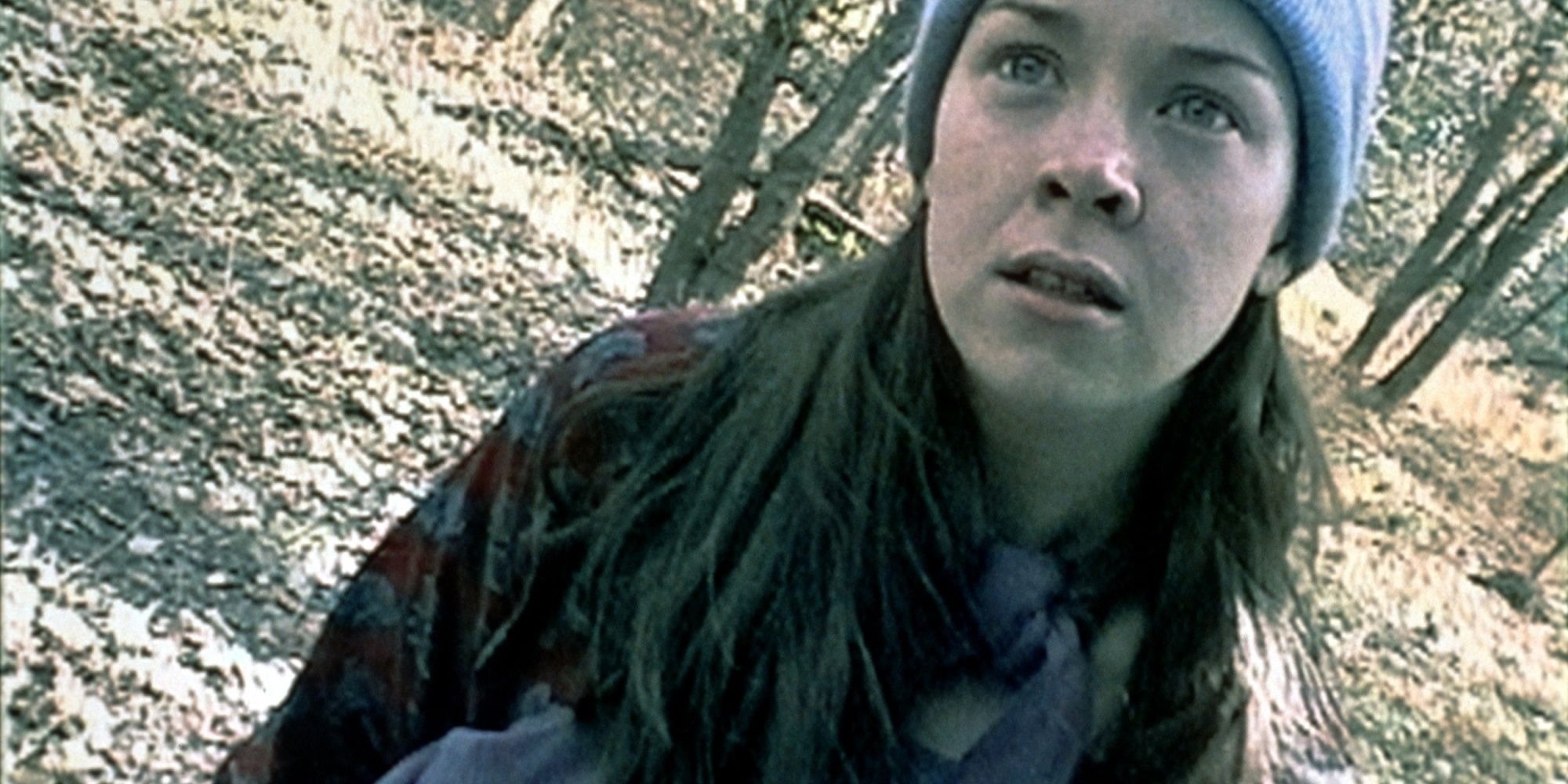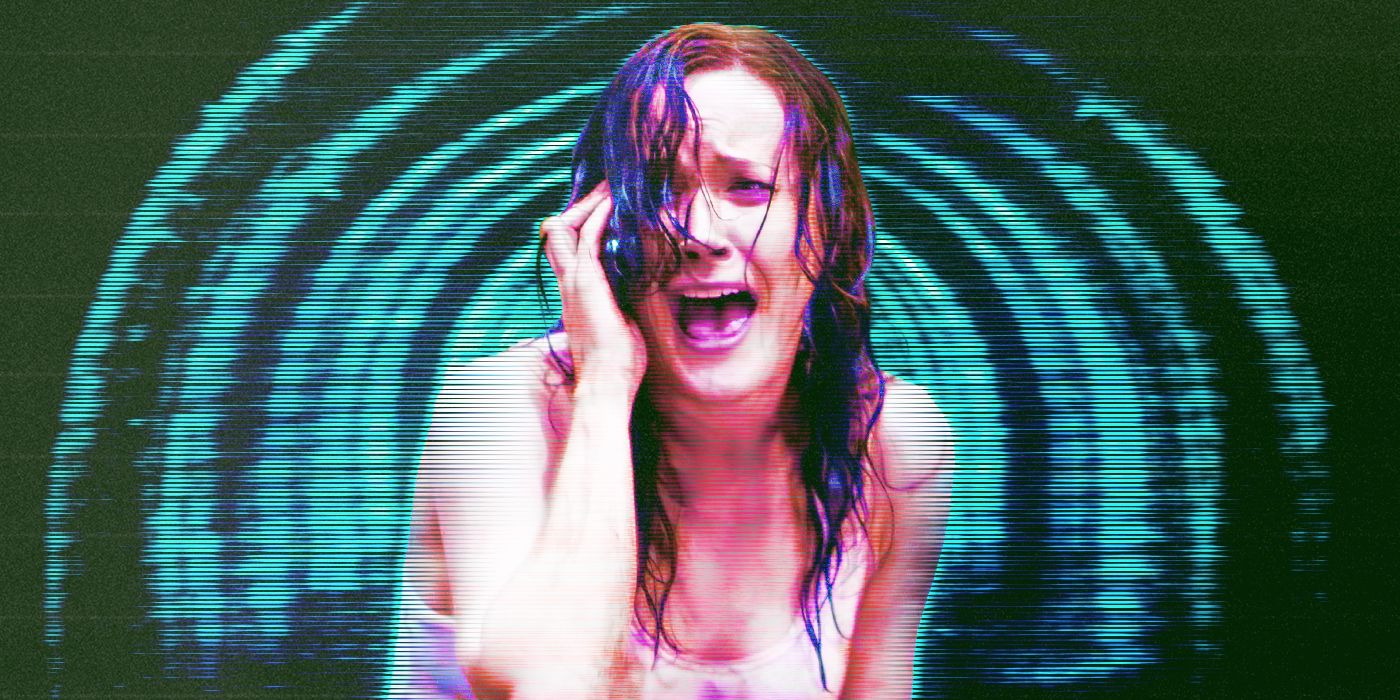Low-budget found footage horror movies are no longer a novelty, having become a staple of the genre. Franchises such as Paranormal Activity, V/H/S, and Hell House, along with countless others, have explored nearly every angle of this approach. Yet, before these films emerged, The Blair Witch Project in 1999 set itself apart by employing minimalism to evoke fear.
Unlike earlier entries like the infamous Cannibal Holocaust from 1980, which relied on graphic gore and shock tactics, The Blair Witch Project achieved its chilling impact by leaving much to the audience’s imagination. The absence of explicit horror allowed viewers’ own fears to fill in the gaps, an element that distinguished it from its predecessors.

Innovative Marketing Strategies Amplify Fear
Directed by Daniel Myrick and Eduardo Sánchez, the movie used the burgeoning internet era to its advantage. Its marketing strategy, supported by a mockumentary that blurred the line between fiction and reality, captivated audiences who debated whether they were witnessing events based on actual footage.
The hype surrounding its realism turned it into a cultural phenomenon, driving both commercial success and critical acclaim. Reactions among theater audiences were polarized; some hailed it as a groundbreaking horror experience, while others found the film uneventful and lacking substance.
Creating Fear Without Relying on Traditional Tropes
For those seeking visceral horror with blood, gore, and monstrous entities, The Blair Witch Project may have been underwhelming.
Instead, it focused on a psychological unraveling, chronicling the deteriorating mental state of three college students—Heather Donahue, Michael C. Williams, and Joshua Leonard—who venture into Maryland’s Black Hills to investigate the Blair Witch legend.
Their journey, fraught with panic and paranoia as they lose their way, shifts the narrative toward a character-driven exploration of fear.
The Role of Backstory in Elevating Tension
Understanding the movie’s chilling finale requires paying attention to its setup. Through interviews conducted with Burkittsville locals, the protagonists uncover the legend of a serial killer, Rustin Parr, who committed heinous crimes in the 1940s.
Parr was known for forcing his young victims to face a wall in his basement while he carried out the murders. He claimed to have been under the influence of an old woman in black, who manipulated him into committing these acts. Parr’s story becomes a sinister backdrop to the group’s fateful expedition into the forest.
The Climactic Ending Leaves Viewers Questioning
As the students delve deeper into the woods, unsettling events take place. Mysterious stick figures dangle from trees, their belongings are tampered with at night, and eerie laughter of unseen children echoes in the darkness.
After Joshua’s unexplained disappearance, Heather and Michael stumble upon an abandoned house. Frantic and terrified, they enter the building, where ominous handprints cover the walls.
Michael descends into the basement, only to be attacked off-camera. Heather, following his screams, discovers him standing motionless in a corner before she, too, is attacked. The screen goes black, leaving viewers in stunned silence.

The 2016 Sequel’s Divergent Approach
The ambiguous ending of The Blair Witch Project sparked debate, with some frustrated by the lack of visual clarity. However, for many, its strength lay in what remained unseen.
When the 2016 sequel, Blair Witch, attempted to show the titular entity, it arguably undermined the haunting allure of the original. The implied terror, reliant on audience imagination, proved far more effective than any visual representation could achieve.
Theories Surrounding the Ending Add to the Mystery
The final moments tie directly to the Rustin Parr legend, bringing the plot full circle without unnecessary exposition. The sight of Michael in the corner echoes Parr’s modus operandi, leaving the nature of the antagonist’s control open to interpretation.
Some theories suggest supernatural manipulation by the Blair Witch, while others propose that Joshua, influenced by the same dark forces, turns on his companions.
Regardless of the interpretation, the film’s refusal to provide definitive answers heightens its lasting impact, ensuring its legacy as a horror masterpiece.



